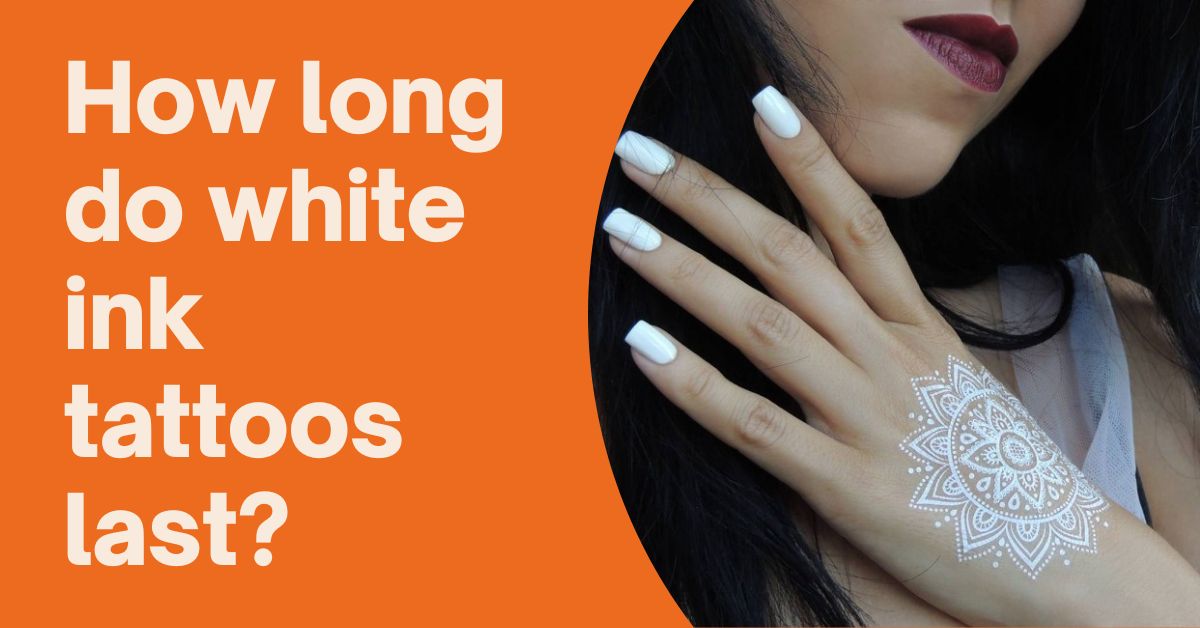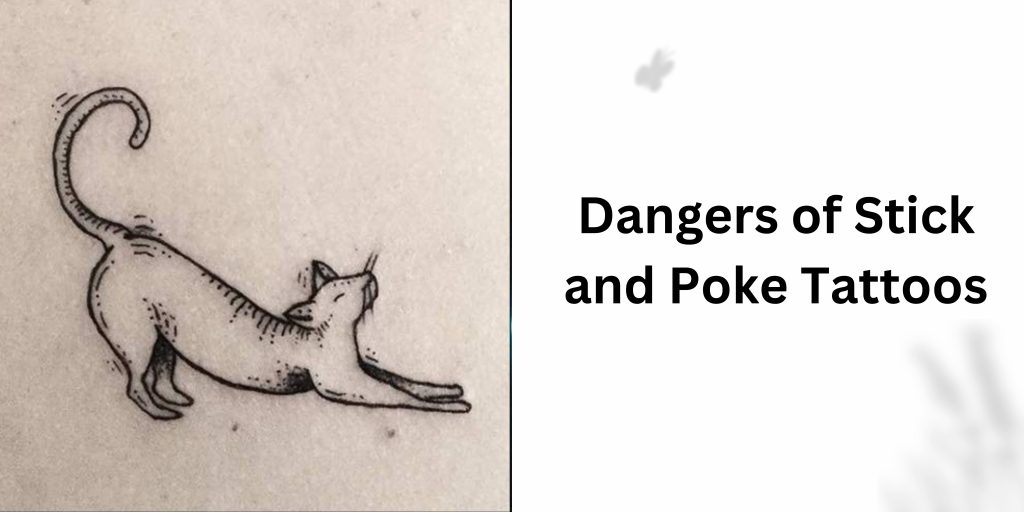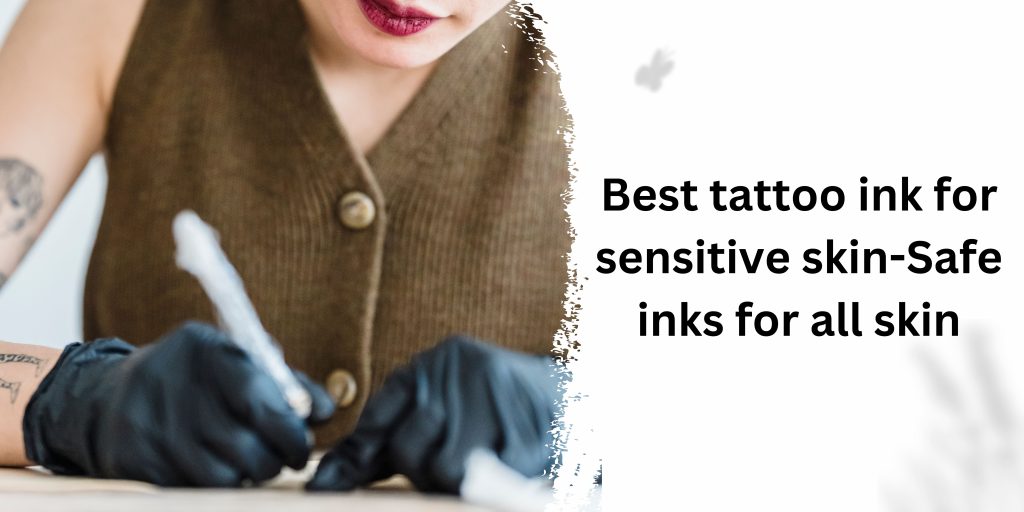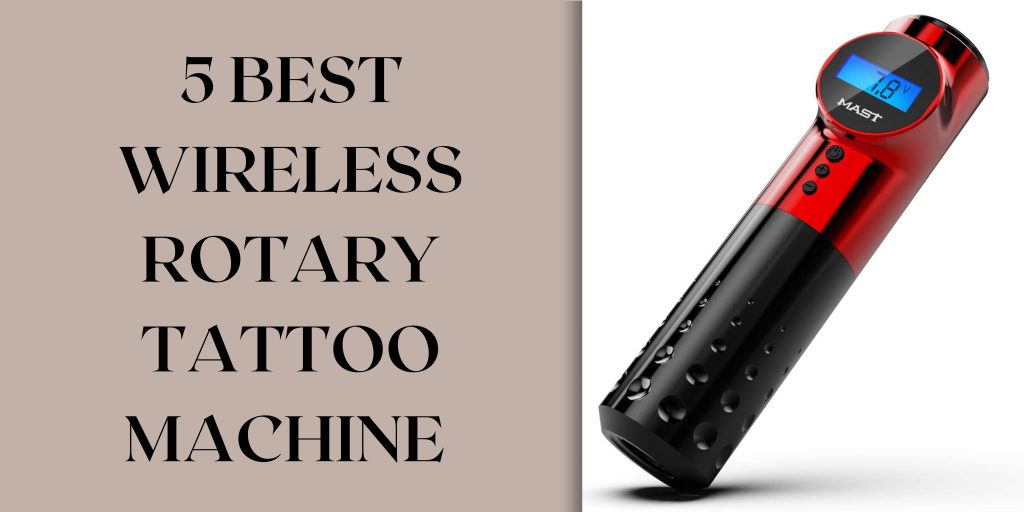White ink tattoos have gained popularity in recent years due to their unique and subtle appearance. These tattoos are created using only white ink, giving them a more subtle and delicate look than traditional black or coloured tattoos. However, there is a common question that comes up when discussing white ink tattoos: How long do they last? In this article, how long do white ink tattoos last and their pros and cons?
How long do white ink tattoos last?
The lifespan of a white ink tattoo varies depending on several factors. First, it depends on the quality of the ink used by the tattoo artist. Cheap or low-quality ink can fade faster and may not last as long. Additionally, the placement of the tattoo on the body can affect its lifespan. Areas that receive more exposure to the sun or are subjected to frequent rubbing or friction may cause the tattoo to fade or blur more quickly. Finally, an individual’s skin type and how well they care for the tattoo can also impact its longevity.
On average, a white ink tattoo can last anywhere from one to five years. However, some tattoos may last much longer with proper care and maintenance. It’s important to note that white ink tattoos tend to fade more quickly than traditional black or coloured tattoos, making touch-ups and upkeep more important for maintaining their appearance.
| Pros of white ink tattoos | Cons of white ink tattoos |
|---|---|
| Unique appearance: White ink tattoos are ideal for those who want a more subtle or delicate look. They have a soft, almost ethereal quality that sets them apart from traditional black or colored tattoos. | Limited visibility: White ink tattoos can be difficult to see, especially on fair skin. This can make them less desirable for individuals who want their tattoos to be more visible. |
| Versatile: White ink tattoos can be used to create intricate designs or used as highlights in a traditional tattoo. This versatility makes them a popular choice for individuals looking for something different. | Fading: White ink tattoos tend to fade more quickly than traditional tattoos. This means that touch-ups and upkeep are essential for maintaining their appearance. |
| Less painful: Since white ink tattoos are created using only white ink, they require less ink and are less painful to receive than traditional tattoos. | Less room for error: Because white ink tattoos are so subtle, mistakes are more noticeable than with traditional tattoos. This means that finding a skilled and experienced tattoo artist is essential for achieving the desired result. |
how much do white ink tattoos cost?
The cost of a white ink tattoo can vary depending on several factors, such as the size and complexity of the design, the location of the tattoo on the body, and the experience and reputation of the tattoo artist.
On average, a small to medium-sized white ink tattoo can cost between $100 to $500, while larger and more intricate designs can cost upwards of $1000 or more. Some tattoo artists may charge by the hour, with rates ranging from $100 to $300 per hour.
It’s important to note that the cost of a white ink tattoo may be higher than that of a traditional black or coloured tattoo due to the specialized ink required and the potential need for touch-ups and maintenance over time. Additionally, finding a skilled and experienced tattoo artist for a white ink tattoo may be more challenging, which can also contribute to higher costs.
When considering the cost of a white ink tattoo, it’s important to remember that a tattoo is a permanent form of body art, and the quality of the design and the experience of the artist are essential factors to consider. While it may be tempting to opt for a cheaper option, choosing a reputable and skilled tattoo artist can ensure a high-quality and long-lasting result.

Conclusion
White ink tattoos are a beautiful and unique way to express oneself. While they may not last as long as traditional tattoos, they offer a subtle and delicate appearance that sets them apart. When considering a white ink tattoo, it’s important to choose a skilled tattoo artist and be prepared for touch-ups and upkeep to maintain the tattoo’s appearance.







